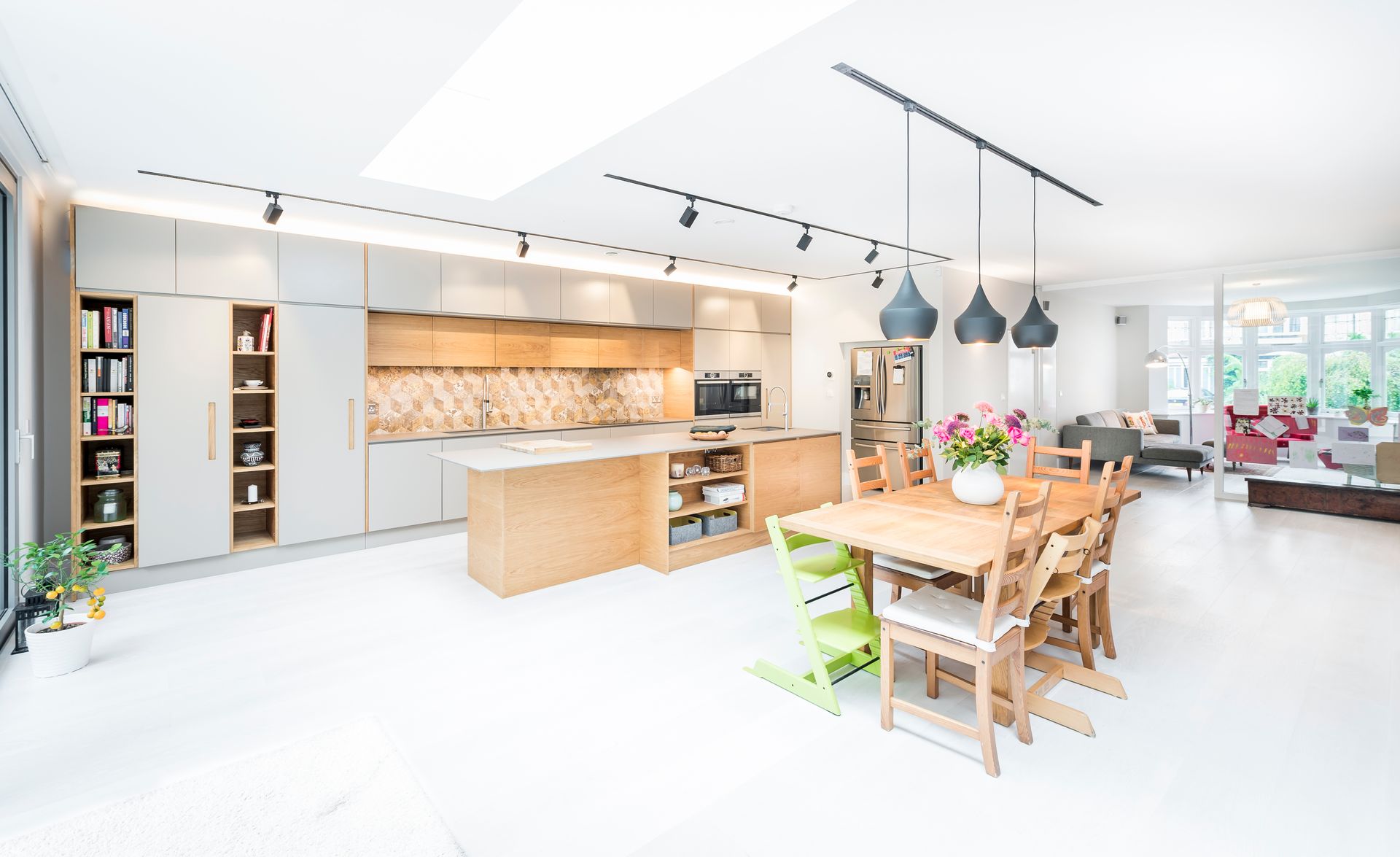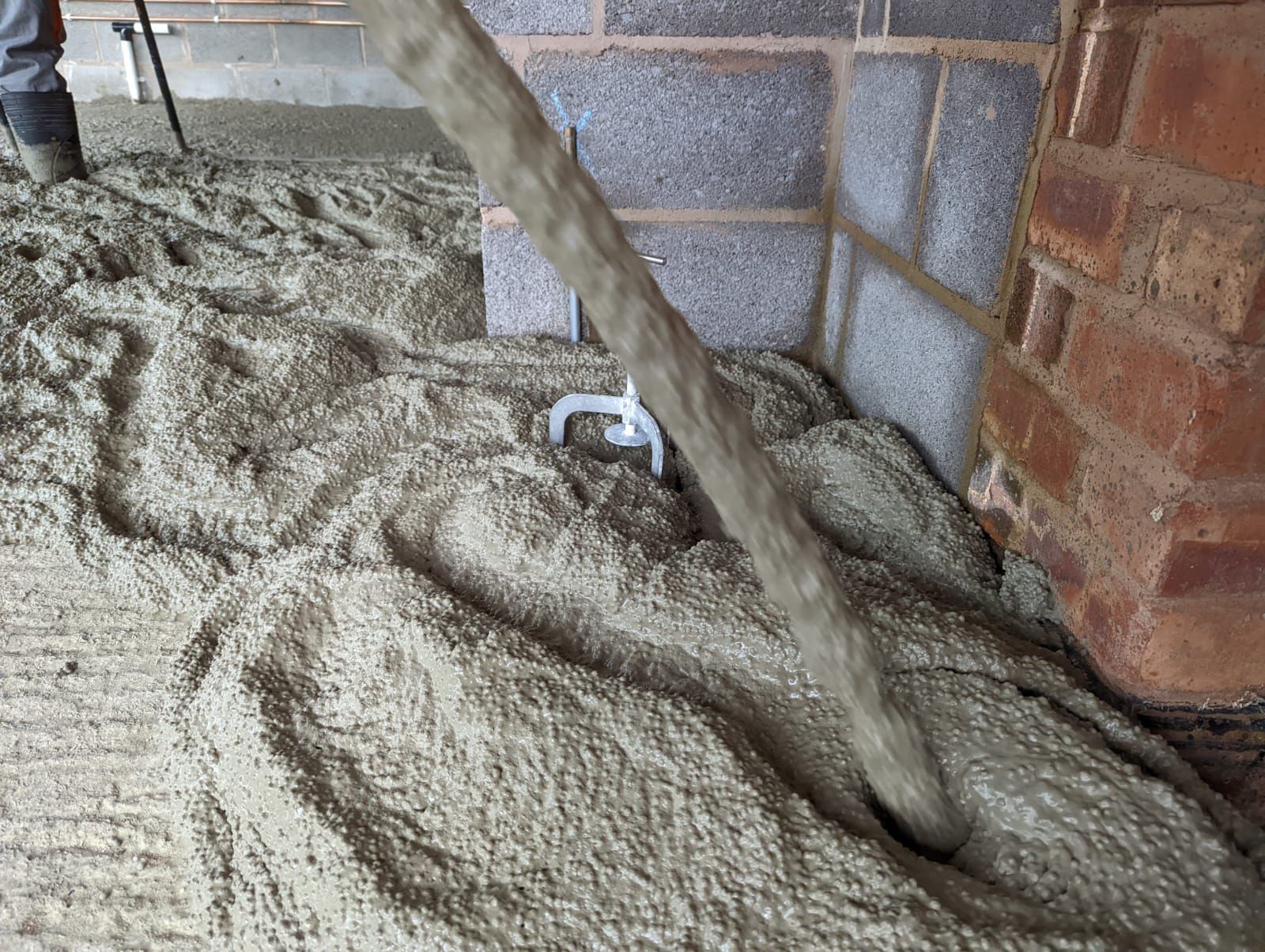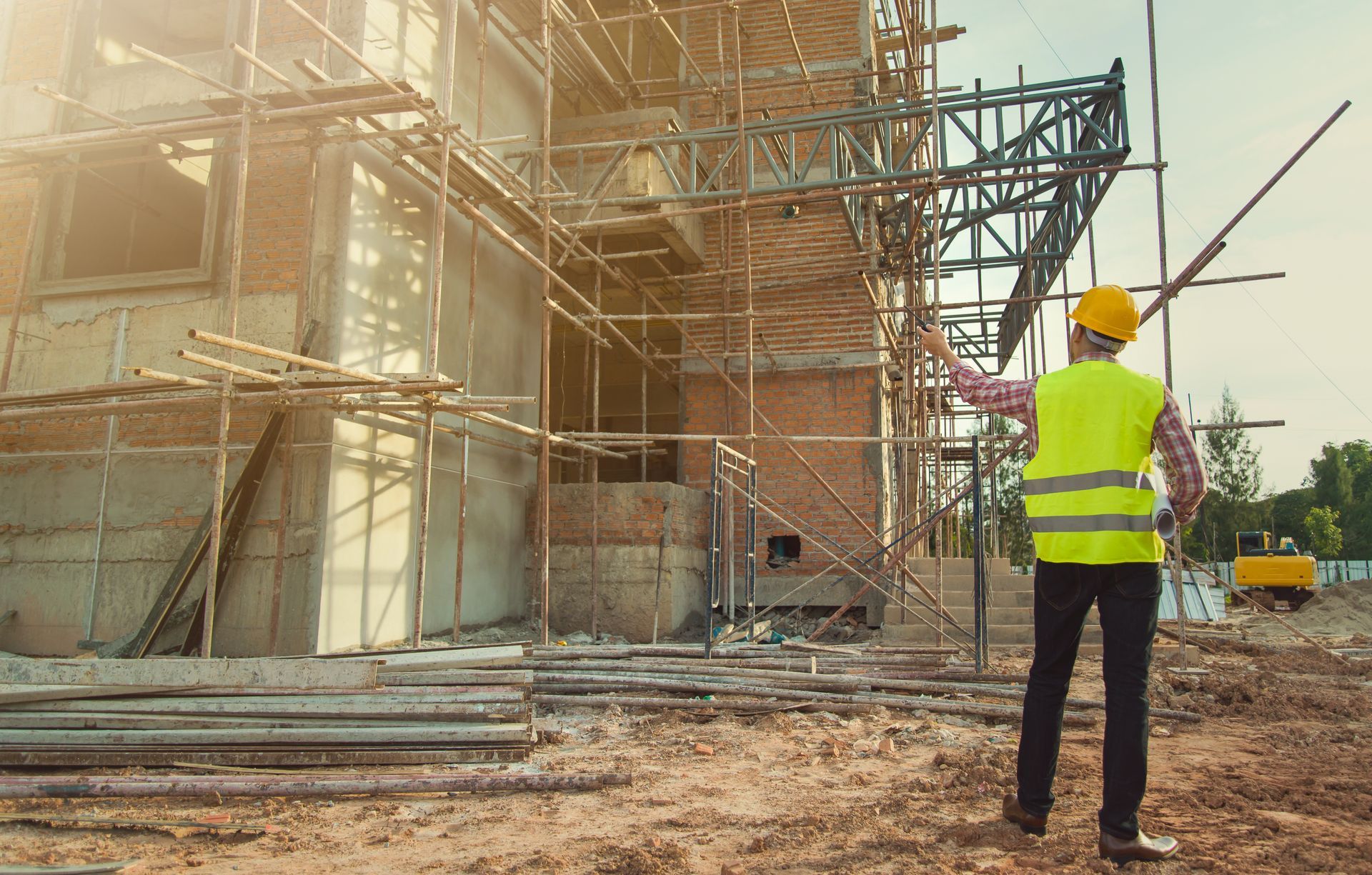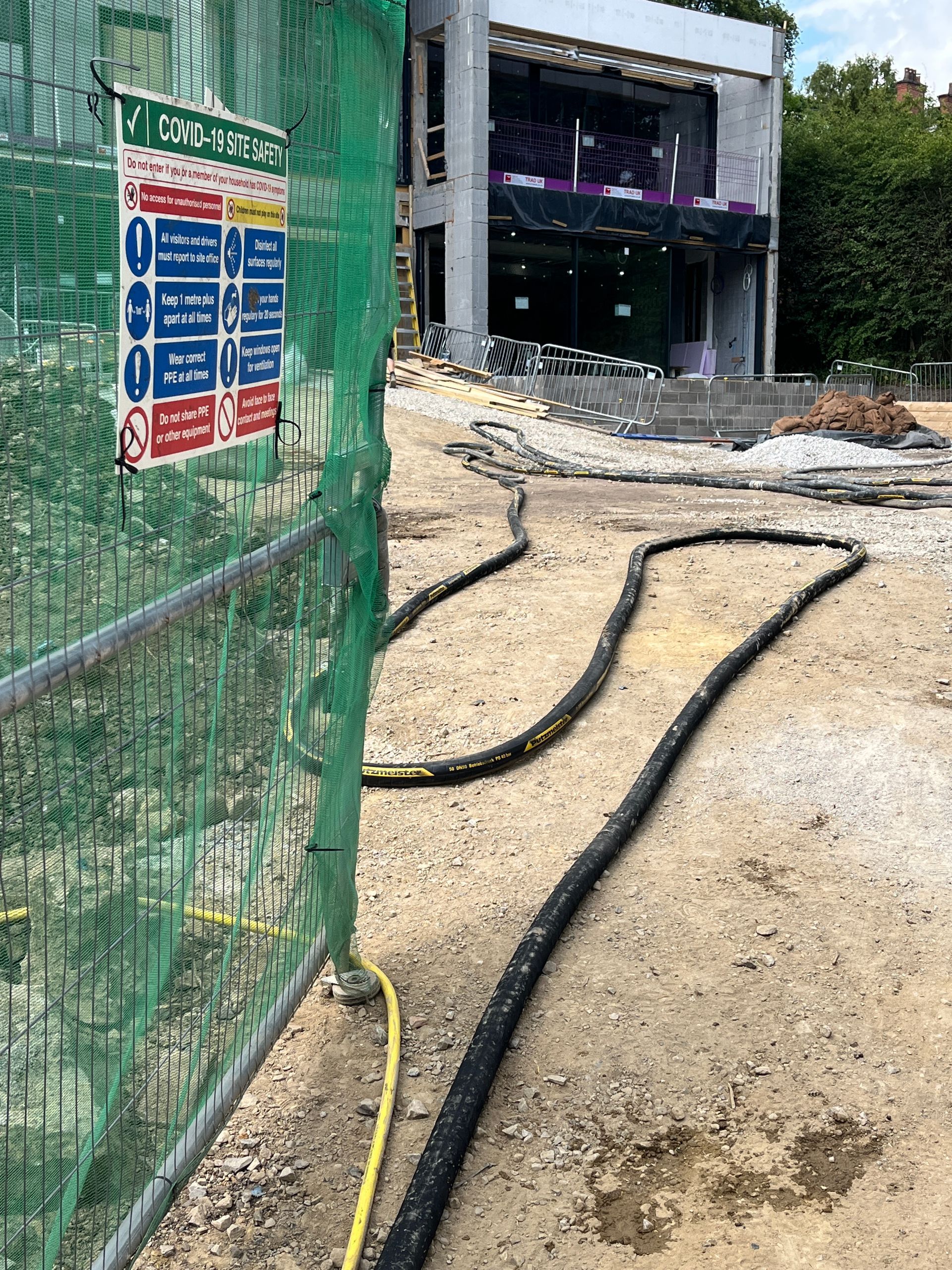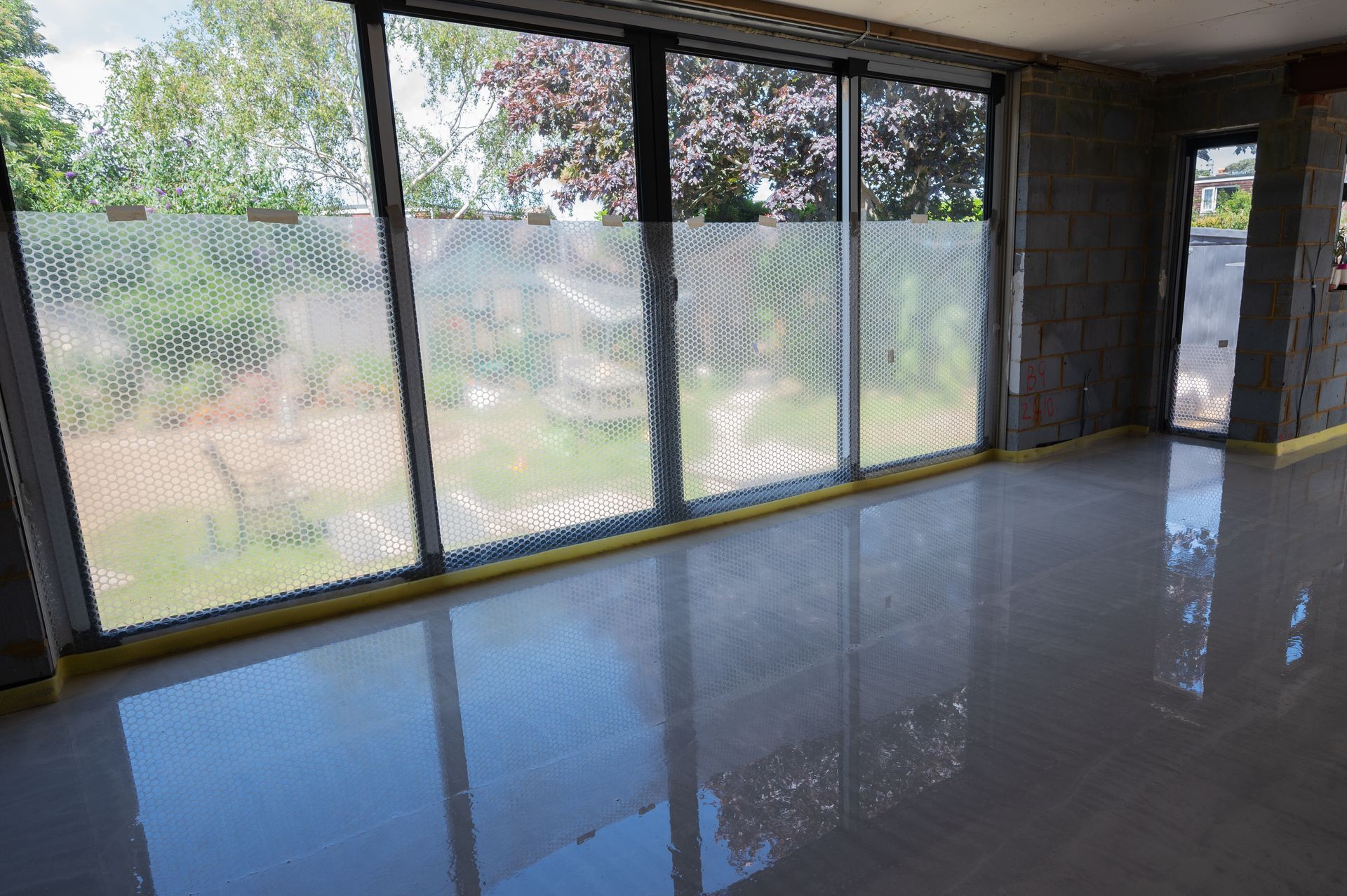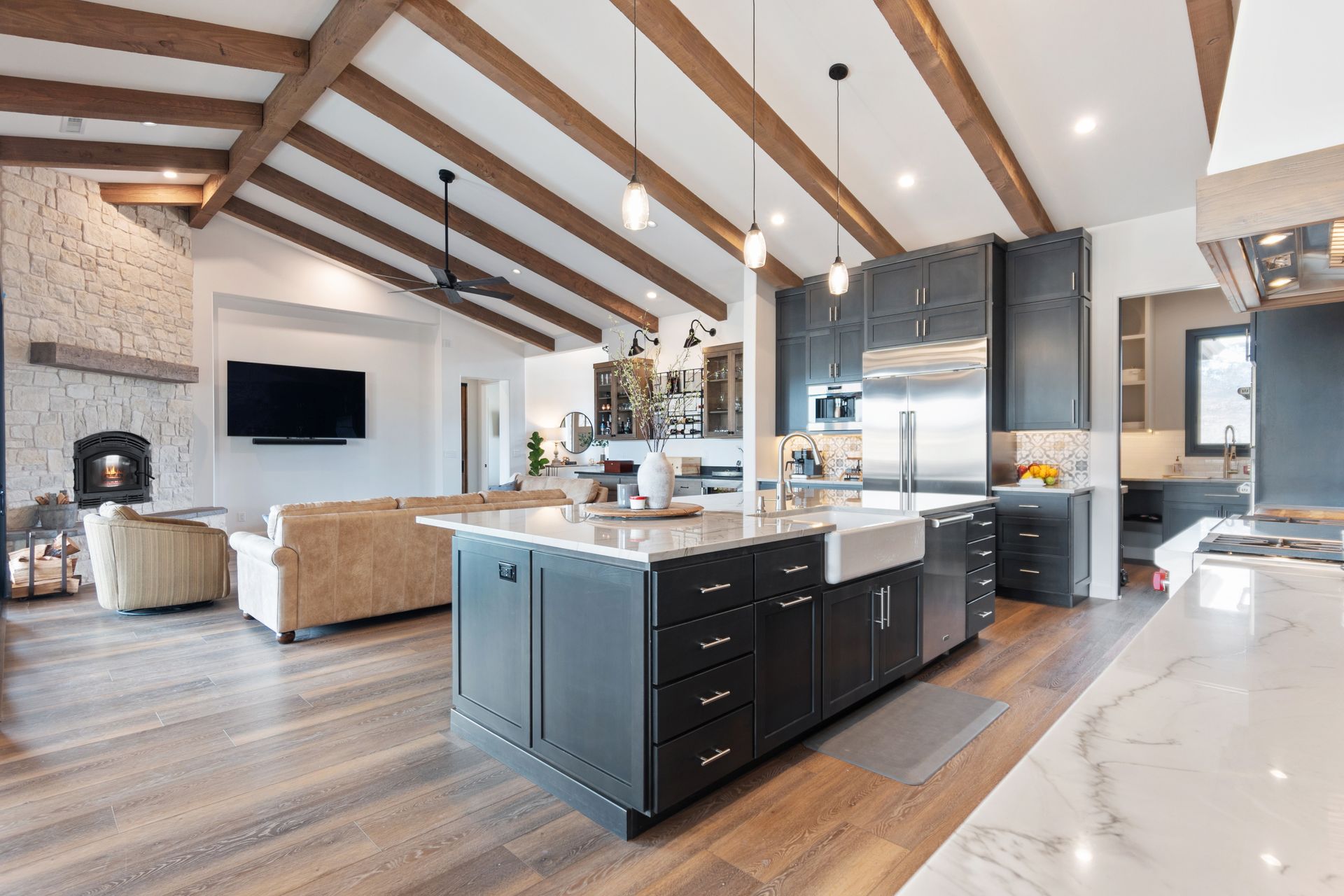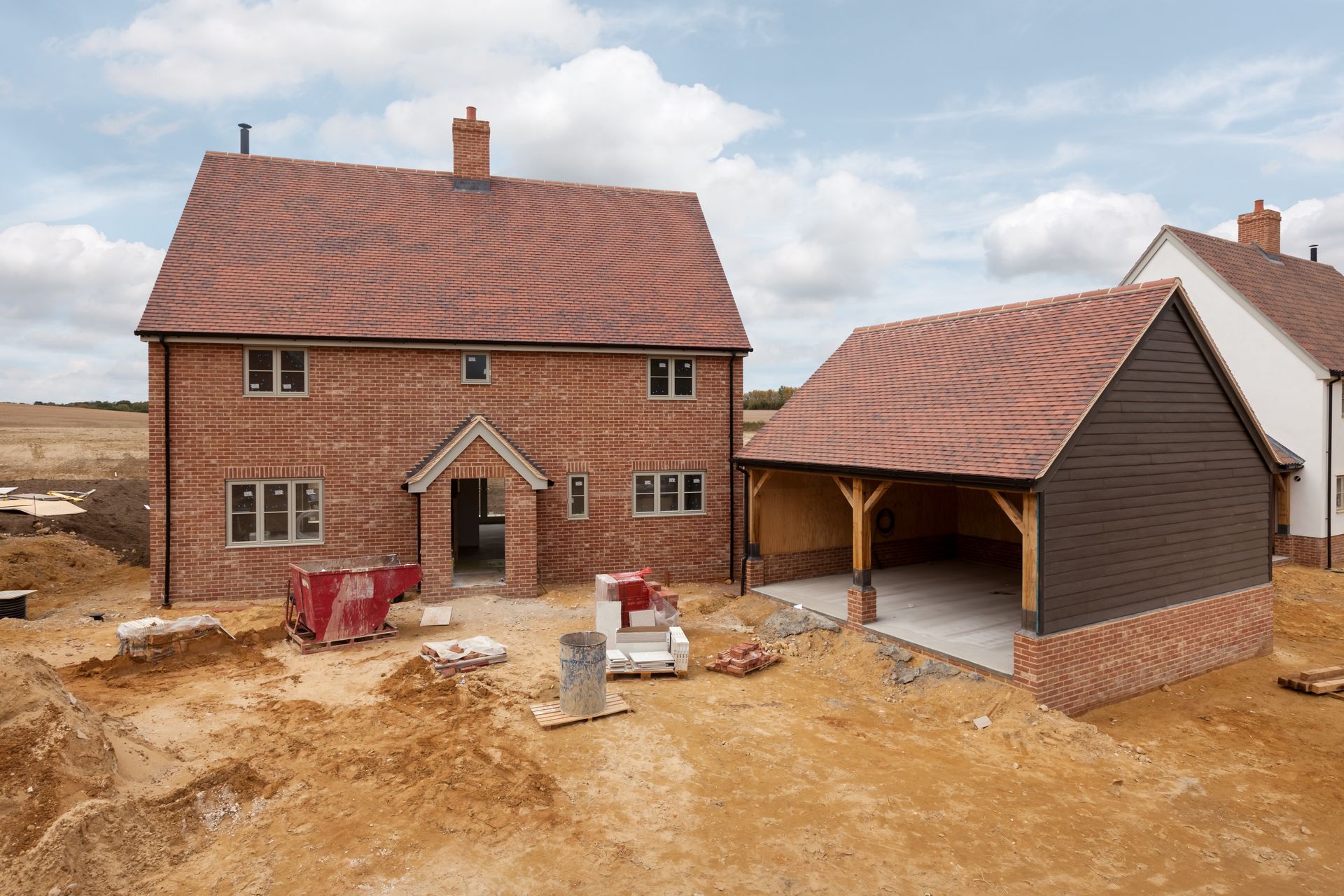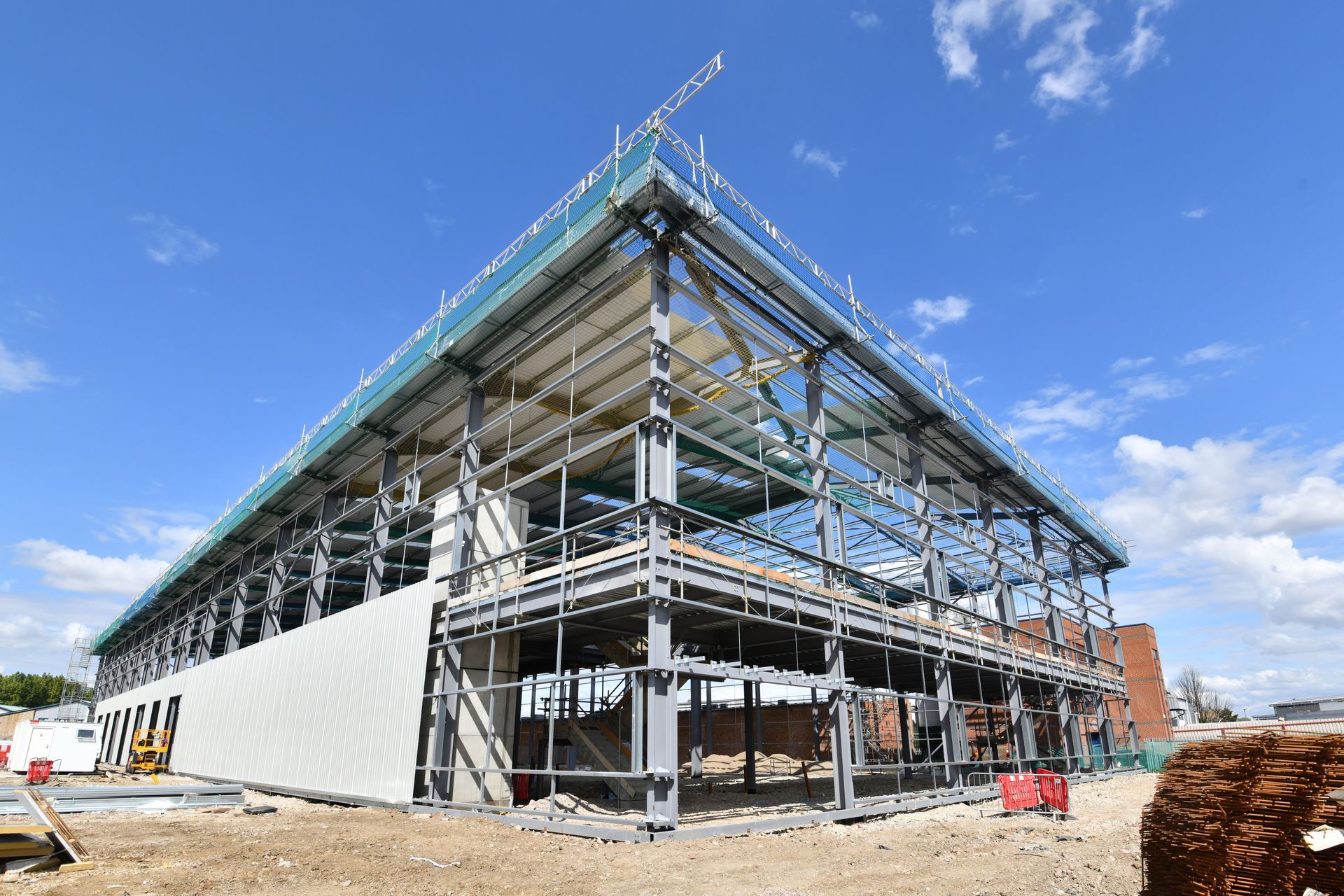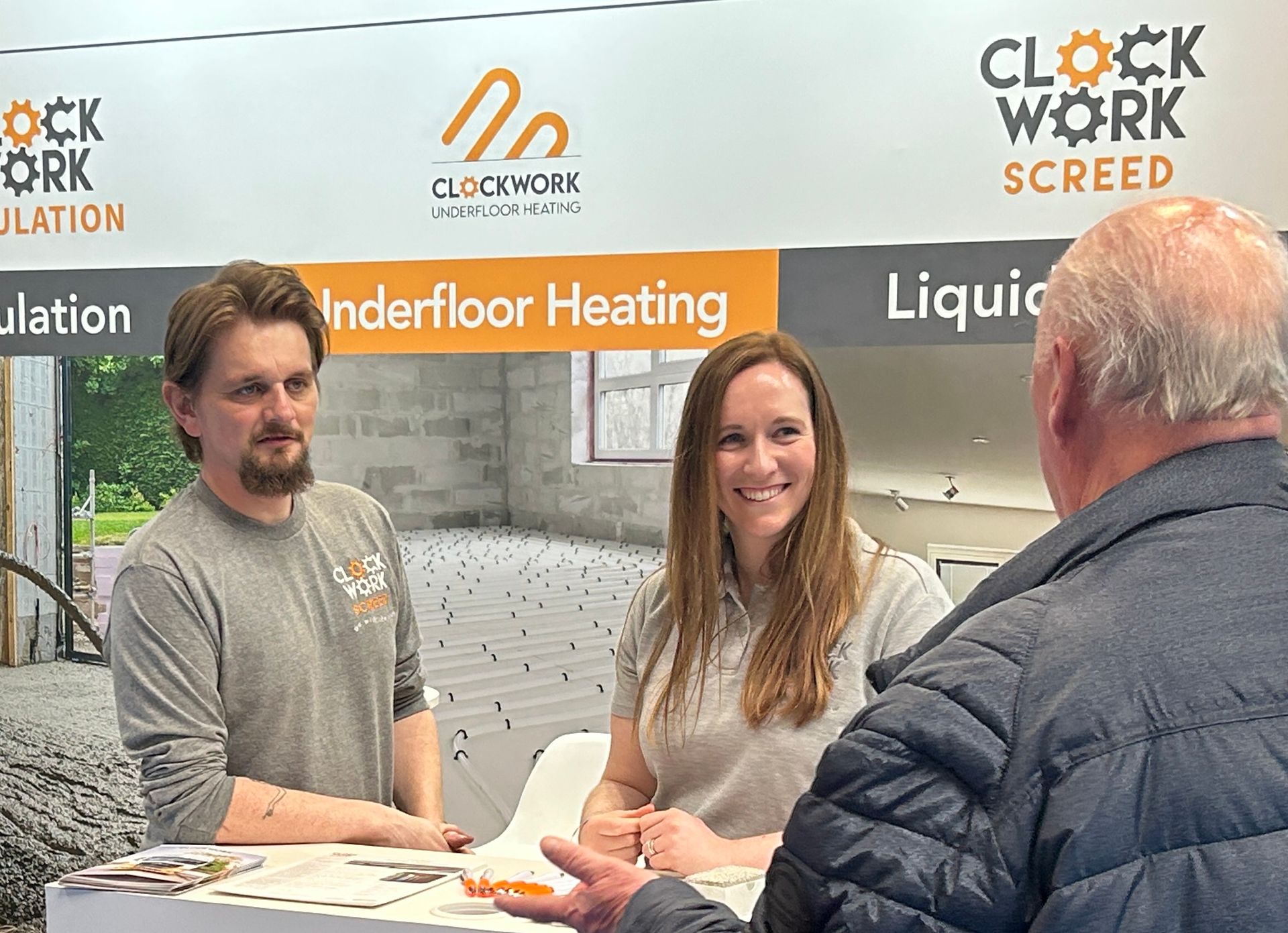Building Regulation Changes regarding Insulation
Building Regulation Changes Regarding Insulation in Roofs: Why Clockwork Screed's Poured Insulation is an Ideal Choice
The UK has seen significant updates to its building regulations, particularly in the area of insulation, as part of a broader effort to enhance energy efficiency and reduce carbon emissions. These changes, which took effect on June 15, 2022, have important implications for roof insulation in new constructions and renovations.
New Building Regulation Requirements
The updated Part L building regulations set stricter U values for thermal elements, including roofs. For new constructions, the U value for roofs must be 0.11 W/m²K, while for renovations and new elements in existing dwellings, the U value should be 0.15 W/m²K
To achieve these U values, the thickness and type of insulation used become critical. For example, to reach a U value of 0.11 W/m²K in new builds, approximately 220-250 mm of Expanded Polystyrene (EPS) might be required. In renovations, the thickness could be slightly different but still substantial
Types of Roof Insulation: Warm Deck and Cold Deck
Roof insulation can be categorised into two main types: Warm Deck and Cold Deck.
- Warm Deck: In this configuration, the insulation is placed on top of the rafters or joists, and the roof covering is laid over the insulation. This method does not require ventilation gaps, making it simpler and more efficient.
- Cold Deck: The insulation is placed between the joists or rafters or between the ceiling joists in pitched roofs. This method requires a ventilation gap, usually 50mm, between the top of the insulation and the underside of the roof covering to prevent condensation.
In the context of the new Part L building regulations and the use of insulation in roofing, gaps can be a significant issue. Here are some points to consider:
Gaps in Insulation Boards
Traditional insulation boards, such as those made from Expanded Polystyrene (EPS), Polyisocyanurate (PIR), or Mineral Wool, sometimes leave gaps when installed. These gaps can occur for several reasons:
- Cutting and Fitting: Insulation boards often need to be cut to fit around obstructions like roof trusses, vents, or other structural elements. If not fitted perfectly, these cuts can leave small gaps.
- Installation Errors: Human error during installation can result in gaps between boards or between the boards and the surrounding structure.
- Settling and Movement: Over time, the insulation and the structure it is installed in can settle or move slightly, creating gaps.
Impact of Gaps on Thermal Performance
Gaps in insulation can significantly compromise the thermal performance of the roof. Here’s why:
- Thermal Bridging: Gaps can create thermal bridges, allowing heat to escape more easily. This reduces the overall U-value of the roof, making it less energy-efficient.
- Condensation Risk: Gaps can also increase the risk of condensation, as moisture can enter these spaces and accumulate. This can lead to mould, rot, and other structural issues.
Solutions to Minimise Gaps
To address the issue of gaps in insulation, several solutions can be employed:
- Continuous Insulation: Using continuous insulation methods, such as poured insulation provided by Clockwork Screed, can eliminate gaps entirely. This type of insulation is poured into place and expands to fill all spaces uniformly.
- Tight Fitting: Ensuring that insulation boards are tightly fitted together and around obstructions can minimise gaps. This may involve using specialised cutting tools and techniques.
- Sealants and Tapes: Using sealants and tapes to fill any remaining gaps can help maintain the integrity of the insulation layer.
- Regular Inspections: Conducting regular inspections during and after installation can help identify and address gaps before they become significant issues.
Benefits of Poured Insulation
Poured insulation, like that offered by Clockwork Screed, provides several benefits in this context:
- Uniform Coverage: Poured insulation ensures a uniform layer without gaps, providing consistent thermal performance.
- Adaptability: It can be poured into complex spaces and around obstructions without leaving gaps.
- Rapid Installation: The pumping technology used for poured insulation allows for quick and efficient installation, reducing labour time and the potential for human error.
- Compatibility: It is compatible with various roofing systems and can be designed to work seamlessly with underfloor heating and other building components.
Why Clockwork Screed's Poured Insulation is Ideal
Clockwork Screed's poured insulation offers several advantages that make it an excellent choice for meeting the new building regulation requirements:
Uniform Coverage and No Gaps
Unlike traditional insulation materials that can leave gaps and uneven coverage, Clockwork Screed's poured insulation ensures a uniform layer. This is particularly beneficial in Warm Deck configurations where no ventilation gaps are required, as it eliminates the risk of cold spots and ensures consistent thermal performance.
Easy Installation
The pumping technology used by Clockwork Screed allows for efficient and precise installation, even in hard-to-reach areas such as upper levels of multi-story buildings. This reduces labour time and minimises the risk of human error, ensuring that the insulation is applied correctly and uniformly.
Adaptability
Our poured insulation can be used in Warm Deck and Cold Deck configurations. For Cold Deck setups, it can be poured to the exact thickness required to meet the specified U values and designed to accommodate the necessary ventilation gaps.
Rapid Drying and Early Use
One significant advantage of Clockwork Screed's poured insulation is its rapid drying time. This allows for quicker project completion, as the roof can be ready for further work within 24-48 hours, unlike some traditional insulation materials that may take months to dry completely.
Compatibility with Various Roofing Systems
Our insulation is compatible with various roofing systems, including underfloor heating, often integrated into modern roofing designs. The self-compacting nature of the material ensures there are no voids around pipework, enhancing the efficiency of the heating system and optimising energy usage.
Compliance with Building Regulations
To comply with the new building regulations, it is crucial to ensure that the insulation meets the specified U values and is installed correctly. Here are some key points to consider:
- Notification and Certification: When upgrading or replacing more than 25% of a roof area, it is compulsory to notify the local Building Control office and ensure the work complies with current Building Regulation requirements. Using a contractor who is a member of a Competent Person Scheme can simplify this process.
- Ventilation: For Cold Deck configurations, proper ventilation is essential to prevent condensation. Our insulation can be designed to work seamlessly with ventilation systems, ensuring that the roof space remains dry and free from moisture issues.
The changes to the UK's building regulations have set a new standard for roof insulation, emphasising the need for higher thermal performance to reduce energy consumption and carbon emissions. Clockwork Screed's poured insulation is an ideal choice for meeting these new standards due to its uniform coverage, easy installation, adaptability, rapid drying time, and compatibility with various roofing systems. By choosing Clockwork Screed's poured insulation, builders and contractors can ensure compliance with the latest building regulations while providing homeowners with energy-efficient, cost-effective, and sustainable roofing solutions.
